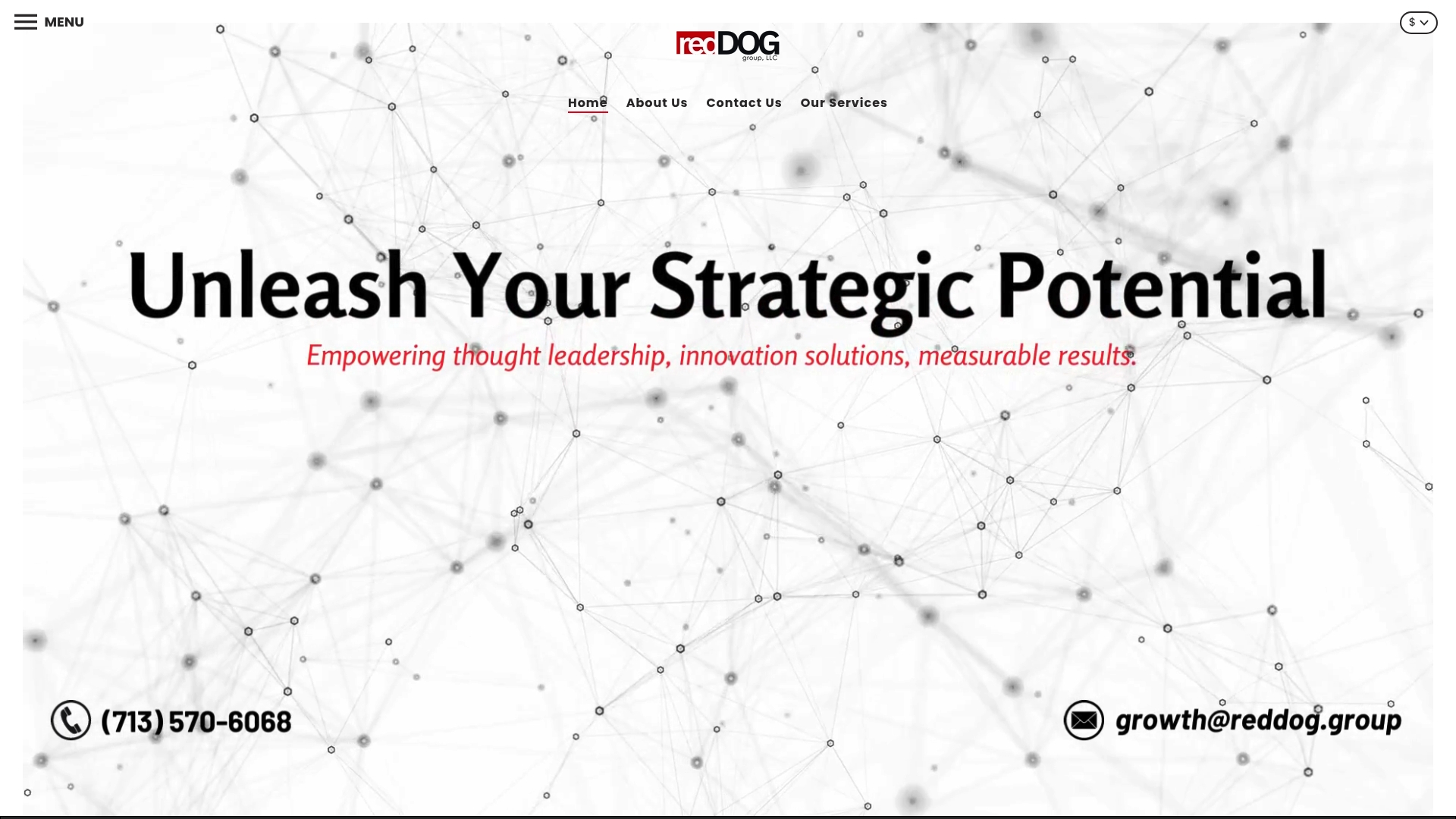
What Is Growth Hacking? Complete Guide for Retailers
Posted on
Did you know that some startups report growth rates over 20 percent per month using creative, data-driven tactics? For businesses battling for market share, finding faster and smarter paths to expansion matters more than ever. Growth hacking has turned traditional marketing on its head by favoring unconventional methods and rapid testing. Discover the principles and real-world methods behind this approach that’s fueling the rise of breakout brands.
Table of Contents
- Defining Growth Hacking and Its Origins
- Core Principles and Methodologies Explained
- Popular Growth Hacking Strategies for Retailers
- Real-World Growth Hacking Examples in Ecommerce
- Common Pitfalls and Misconceptions to Avoid
Key Takeaways
| Point | Details |
|---|---|
| Growth Hacking Definition | Growth hacking is a data-driven approach focused on rapid and scalable business growth using innovative techniques. |
| Differences from Traditional Marketing | Growth hacking employs experimental methods, lower budgets, and a cross-functional focus, contrasting with planned and siloed traditional marketing strategies. |
| Core Principles | Key methodologies include rapid experimentation, data analysis, user-centric development, and cost-effective marketing, integrating marketing into product design. |
| Avoiding Misconceptions | Growth hacking is not a standalone strategy; it requires integration with product development and an emphasis on sustainable growth over quick wins. |
Defining Growth Hacking and Its Origins
Growth hacking emerged as a revolutionary approach to business expansion, challenging traditional marketing paradigms. Growth hacking is a data-driven strategy that prioritizes rapid, scalable business growth through unconventional, creative techniques. According to growthhackers, the term was coined by Sean Ellis in 2010 to describe professionals whose primary objective is accelerating company growth through innovative, analytical methods.
At its core, growth hacking differs fundamentally from traditional marketing. ijecm defines it as an online-based marketing process targeting accelerated and sustained company growth within compressed timeframes.
Here’s a summary of how growth hacking differs from traditional marketing:
![]()
| Aspect | Growth Hacking | Traditional Marketing |
|---|---|---|
| Approach | Experimental Iterative |
Planned Predictive |
| Budget | Low-cost Resourceful |
Larger Upfront spend |
| Speed | Rapid Agile |
Slower Campaign-driven |
| Focus | Data-driven Continuous learning |
Branding Awareness |
| Techniques | Unconventional Creative |
Established Proven |
| Integration | Cross-functional Product-focused |
Siloed Marketing-only |
- Radical, risk-taking approaches
- Leveraging minimal budgets
- Utilizing data-driven insights
- Prioritizing rapid experimentation
The philosophy behind growth hacking centers on continuous learning and optimization. Successful growth hackers blend analytical thinking with creative problem-solving, constantly testing hypotheses and refining strategies. They view every aspect of a business as a potential lever for expansion, from product design and user experience to marketing channels and customer acquisition techniques.
 By adopting a cross-functional, metrics-driven mindset, growth hackers can unlock scalable growth opportunities that traditional marketers might overlook.
By adopting a cross-functional, metrics-driven mindset, growth hackers can unlock scalable growth opportunities that traditional marketers might overlook.
Learn more about effective growth strategies in our guide on business growth techniques.
Core Principles and Methodologies Explained
Growth hacking represents a sophisticated approach to business expansion that transcends traditional marketing boundaries. Vaia highlights that growth hacking combines innovative strategies with technology-driven solutions, emphasizing key components such as data-driven decision-making, cost-effective approaches, and a laser focus on user experience and engagement.
The core methodologies of growth hacking revolve around several fundamental principles:
- Rapid experimentation and iteration
- Continuous data analysis
- User-centric product development
- Low-cost, high-impact marketing techniques
- Cross-functional collaboration
De Wikipedia emphasizes that growth hacking goes beyond conventional marketing by integrating marketing directly into product development. This approach aims to create inherently viral products that naturally attract and retain users through innovative design and strategic engagement mechanisms.
Successful growth hackers think holistically about business expansion. They view every touchpoint as an opportunity for optimization, from user onboarding and retention strategies to creative acquisition channels. The methodology requires a unique blend of technical skills, marketing creativity, and analytical thinking. Retailers can leverage these principles by continuously testing hypotheses, measuring results, and quickly pivoting strategies based on real-world data and user feedback.
Learn more about personalized marketing strategies in our comprehensive omnichannel guide.
Popular Growth Hacking Strategies for Retailers
Retailers seeking explosive growth must embrace strategic digital techniques that go beyond traditional marketing approaches. Vaia highlights several critical growth hacking techniques that can transform retail businesses, including targeted email marketing, search engine optimization (SEO), compelling content marketing, and strategic social media engagement.
Key growth hacking strategies for retailers include:
- Personalized email marketing campaigns
- Advanced SEO optimization
- User-generated content strategies
- Viral social media marketing
- Conversion rate optimization (CRO)
- Referral and loyalty program development
Effective growth hacking requires retailers to think creatively about customer acquisition and retention. This might involve developing innovative referral programs, creating shareable content that naturally attracts attention, or implementing sophisticated retargeting techniques that re-engage potential customers. The goal is to develop scalable, repeatable processes that drive exponential growth without requiring proportional increases in marketing spend.
Technology plays a crucial role in modern growth hacking. Retailers can leverage advanced analytics, machine learning algorithms, and automated marketing tools to identify opportunities, personalize customer experiences, and rapidly test and iterate marketing strategies. By combining data-driven insights with creative marketing approaches, retailers can unlock new channels of growth and stay ahead of competitive market dynamics.
Explore our comprehensive guide to ecommerce growth strategies for retailers.
Real-World Growth Hacking Examples in eCommerce
Growth hacking has transformed how businesses approach digital expansion, with remarkable innovative strategies that challenge traditional marketing methods. Wikipedia reveals groundbreaking examples that demonstrate the power of creative, strategic thinking in digital growth. One standout case is Airbnb, which executed a brilliant growth hacking technique by integrating their platform directly with Craigslist, enabling users to simultaneously post listings across both platforms and dramatically expanding their potential user base.
Another compelling example of growth hacking success involves strategic referral programs. Wikipedia highlights Dropbox’s ingenious approach, where they offered additional free storage space to users who successfully referred friends. This strategy transformed their existing user base into active marketing agents, driving exponential user acquisition without substantial advertising expenditure.
Successful eCommerce growth hacking often involves creative cross-platform strategies and incentive-driven user acquisition. Retailers can learn from these examples by:
- Creating compelling referral mechanisms
- Developing platform integration strategies
- Designing user-centric reward programs
- Leveraging existing network effects
- Minimizing customer acquisition costs
Modern eCommerce growth hackers understand that sustainable expansion requires more than traditional marketing. It demands a holistic approach that combines technological innovation, data-driven insights, and creative user engagement strategies. By studying successful case studies and continuously experimenting with new approaches, retailers can develop scalable growth methodologies that deliver remarkable results.
Explore our guide on CRM strategies for eCommerce growth.
Common Pitfalls and Misconceptions to Avoid
Growth hacking is often misunderstood as a magical solution for instant business expansion. Wikipedia cautions that one of the most critical misconceptions is viewing growth hacking as a standalone marketing strategy, when in reality, it must be deeply integrated with product development and continuous improvement to be truly effective.
Key pitfalls that retailers must carefully navigate include:
- Prioritizing quantity over quality of user acquisition
- Neglecting long-term user retention strategies
- Implementing growth tactics in isolation
- Overlooking data-driven feedback loops
- Chasing vanity metrics instead of meaningful growth indicators
Wikipedia further warns about the dangerous tendency of focusing solely on rapid growth without considering user retention and product quality. This myopic approach can lead to unsustainable business expansion and ultimately result in customer dissatisfaction. Successful growth hackers understand that true growth is not about quick wins, but about creating sustainable, value-driven experiences that naturally encourage user engagement and loyalty.
The most sophisticated growth hacking strategies recognize that technology and creativity must be balanced with genuine user value. Retailers should approach growth hacking as a holistic methodology that combines innovative marketing techniques, product refinement, and continuous learning. This means constantly testing hypotheses, analyzing real user feedback, and being willing to pivot strategies based on concrete data and user experience insights.
Explore our comprehensive guide to social media marketing tips for growth.
Unlock Explosive Growth for Your Retail Brand with Proven Strategies
Are you ready to turn the powerful principles of growth hacking into measurable success for your retail business Growth hacking thrives on rapid experimentation data-driven insights and creative innovation to break through traditional marketing barriers The biggest challenges retailers face include finding scalable low-cost strategies that boost user acquisition boost retention and perfectly align product and marketing efforts
At Reddog Group we understand these pain points and help you implement holistic approaches that combine advanced marketplace management Amazon FBA optimization and omnichannel sales strategies with precise marketing campaigns Our extensive experience managing over 50 brands and 30 000 SKUs means you get tailored solutions that drive real year-over-year revenue growth

Explore how our Digital & Business Consulting Services by Reddog Consulting can power your growth hacking ambitions by optimizing your product listings streamlining inventory and crafting engaging customer journeys Start today to see why so many retailers trust Reddog Group for sustainable expansion across diverse channels Visit our Home page and take the first step toward transforming insights into actionable results
Frequently Asked Questions
What is the primary objective of growth hacking?
The primary objective of growth hacking is to achieve rapid and scalable business growth through unconventional and creative marketing techniques, with a strong emphasis on data-driven decision-making.
How does growth hacking differ from traditional marketing?
Growth hacking differs from traditional marketing in its approach, budget, speed, focus, techniques, and integration methods. It is experimental, low-cost, rapid, and data-driven, whereas traditional marketing is more planned, budget-heavy, slower, and focused on branding.
What are some effective growth hacking strategies for retailers?
Effective growth hacking strategies for retailers include personalized email marketing, advanced SEO optimization, user-generated content, viral social media marketing, conversion rate optimization, and the development of referral and loyalty programs.
What common mistakes should retailers avoid in growth hacking?
Retailers should avoid prioritizing quantity over quality of user acquisition, neglecting long-term retention strategies, implementing tactics in isolation, overlooking data-driven feedback, and chasing vanity metrics instead of meaningful growth indicators.
Leave a comment: